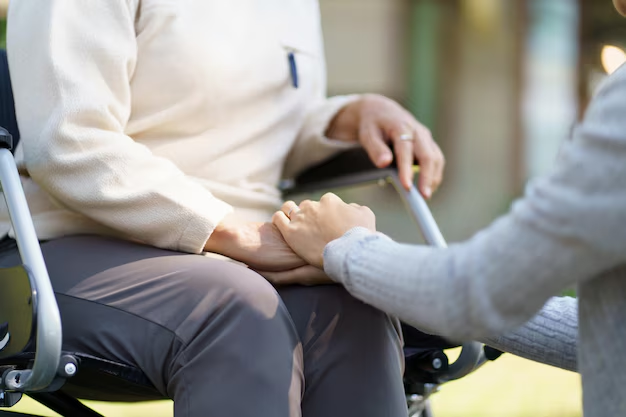Can Parkinson’s Disease Be Fatal? Here's What You Need to Know
Navigating a diagnosis of Parkinson's disease can be overwhelming, especially as questions about the progressive condition's implications inevitably arise. One common inquiry concerns whether Parkinson's disease can be fatal. Simply put, Parkinson's itself is not the direct cause of death, but rather the complications that may occur due to the disease can impact overall health and longevity.
Understanding Parkinson’s Disease
Parkinson's disease is a progressive neurological disorder that affects movement. It develops gradually, often beginning with a barely noticeable tremor in just one hand. Over time, Parkinson's can hinder daily living as motor skills, balance, and posture deteriorate. While Parkinson’s directly affects the nervous system, it can lead to various health complications such as increased risks of falls, which can result in serious injuries or even infections that may become life-threatening.
What Impacts Life Expectancy?
The life expectancy for individuals with Parkinson’s is only slightly reduced compared to the general population. However, several factors can influence this, including:
- Age of Diagnosis: Older patients may experience a quicker progression of symptoms.
- Disease Severity: Those with more severe symptoms may face greater challenges.
- Management and Care: Access to proper healthcare, medications, and lifestyle adaptations can have a significant impact on quality of life and longevity.
Managing Parkinson’s Effectively
To maintain the best quality of life, effective management of Parkinson’s is essential. This often includes:
- Medication: Such as Levodopa and dopamine agonists to manage symptoms.
- Physical Exercise: Regular activity can improve flexibility, balance, and emotional well-being.
- Diet and Nutrition: A balanced diet aids in overall health and contributes to better disease management.
Support and Resources
Living with Parkinson’s can bring profound challenges—not just physically but also financially. Understanding available resources and financial support options is crucial:
- Government Aid Programs: Programs like Social Security Disability Insurance (SSDI) may be available to assist financially if work becomes challenging.
- Financial Assistance: Some states offer specific aid for those affected by Parkinson’s to help cover medication and treatment costs.
- Debt Relief Options: For those struggling with medical expenses, exploring debt relief or financial counseling can alleviate some of the monetary burden.
- Credit Card Solutions: Reviewing credit card benefits for medical expenses and considering those that offer supportive terms for health-related costs.
- Educational Grants: If a family member is pursuing education, various grants can ease the financial strain by covering tuition or related expenses.
Positive Steps Forward
While Parkinson's disease presents numerous challenges, it doesn’t define one’s destiny. By accessing the right care, leveraging available support systems, and staying informed about financial options, individuals and families can continue to lead fulfilling lives. It's crucial to not only consider medical management but also plan financially to ensure the most secure and enriched path forward.
Here’s a quick guide to some helpful resources:
- 💸 Government Aid Programs: Social Security Disability Insurance (SSDI), Medicare
- 🏥 Financial Assistance: State-specific aid options for treatment and medication
- 📉 Debt Relief Options: Credit counseling services, debt consolidation plans
- 💳 Credit Card Solutions: Cards with health care financing, low interest for medical expenses
- 🎓 Educational Grants: Federal grants, nonprofit educational aid
Facing the reality of Parkinson’s can be daunting, but with robust support systems and careful planning, living well with this disease is entirely within reach.

Related Topics
- Are There Environmental Causes Of Parkinsons
- Can Alcohol Cause Parkinson's
- Can Concussions Cause Parkinson's
- Can Concussions Cause Parkinson's Disease
- Can Dogs Get Parkinson's Disease
- Can Dogs Get Parkinsons
- Can Dogs Have Parkinson's
- Can Dogs Have Parkinson's Disease
- Can Females Get Parkinson Disease
- Can Head Trauma Cause Parkinson's